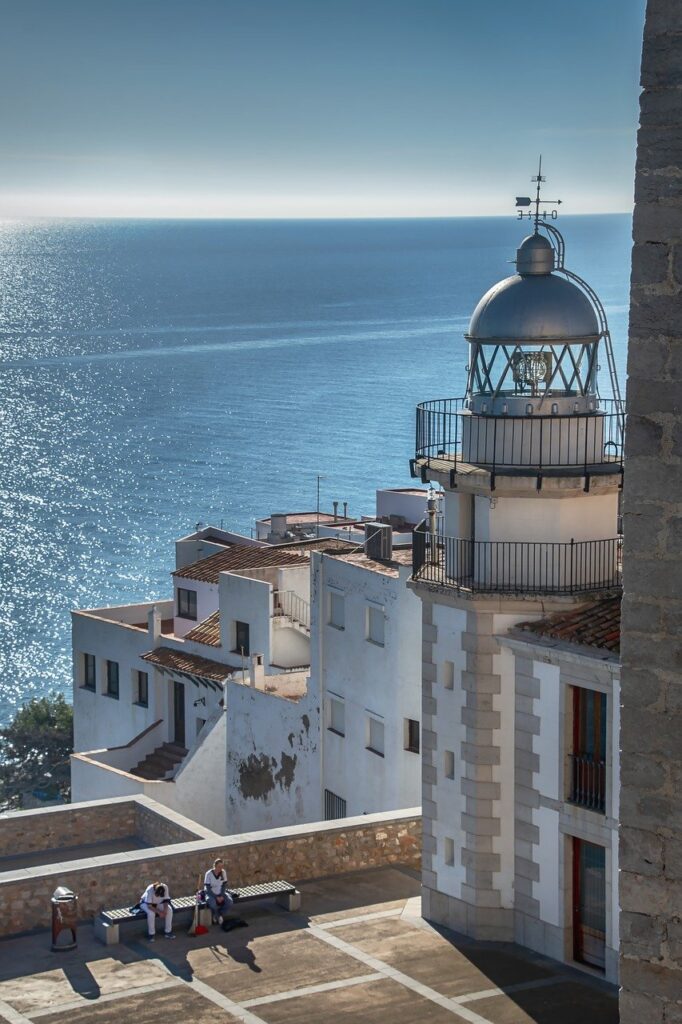Arcyhist Latest Painting Directory from Arcyart: How Discipline Drives Abstract Creativity
1. Framework First—No Randomness Allowed
Start with idea constraints: line, color, edge, technique, or underlying geometry. Log each experiment—what works gets iterated, what fails is noted for learning. Build a series, not just a oneoff: routine variation multiplies growth and insight.
The arcyhist latest painting directory from arcyart prizes artists and collections who can document their risk, not just their result.
2. Process is Everything
Most abstract works rise from layered sketching or underpainting—gestures or forms mapped, adjusted, then reworked. Palette control: 3–5 dominant tones, with disciplined edge cases for contrast or punctuation. Known routines: glazing, scraping, scumbling, sgraffito—all logged in stepbystep process for each work.
Documented process equals more credible provenance and stronger sales.
3. MarkMaking: The Old and New
Brush, knife, rag, digital tool—all are valid so long as each action is mapped to structure, not just mood. Repeating a mark (line, drag, dot, erase) creates ground—random application never survives close review. Note all tools and material; arcyhist latest painting directory from arcyart logs detail for every listing.
4. Composition and Negative Space
The best abstract pieces use space intentionally—foreground/background, bold/quiet, left empty on purpose. Crop to build tension or relief; structure sequence so that every form “talks” to what sits around it. Gallery or portfolio layout should reinforce composition logic—no random walls, only rhythm and anchor.
5. Critique and Feedback Routine
Every session ends with a review: distance, closeup, and rotated; audit against the original thesis. Collect outside feedback (studio peers, trusted viewers, digital community) and log on a perwork basis. Use the arcyhist latest painting directory from arcyart reference for process notes and final critique; update routine as you outgrow old habits.
Performance in abstract art follows audit, not hype.
6. Documentation for Galleries and Collectors
Log formal description (artist, title, medium, size, date, edition) along with informal process description. Note inspiration sources, poetics, or mathematical systems as part of official record. All works should be photographed in studio light, with detail shots to record brushwork and layering.
Routine documentation speeds appraisal and sale.
7. Technology in Abstract Creation
Digital tools: stylus/brush, AIgenerated mark, or hybrid photograph/painting. Use digital layering, camera, or software to prototype/simulate before physical paint. Maintain digital logs or “sketchbooks” as additive to hand work; arcyhist latest painting directory from arcyart now accommodates these entries.
Hybrid process must remain clear and reproducible.
8. Hanging and Display—Discipline Shines
Wall placement is strategy: anchor large, energetic works, sequence calmer inbetween. Keep negative space between works to build focus; avoid “salon” hanging unless it’s core to the project. Lighting: use uniform, neutral color temperature; survey routinely for hotspot, shadow, or UV fade.
Presentation can elevate or kill even the strongest works.
9. Marketing and Public Records
Use digital guides, QR codes, and virtual tours to expose log, process, and routine to collectors. Archive every catalog entry; keep show records and price logs up to date. Make sales processes transparent—every buyer, inquiry, and movement tracked.
Routine is the bedrock of reputation.
10. For Artists: Sustained Experimentation With Boundaries
Set a parameter per week or series: “no blue,” “dry brush only,” “collage/paint hybrids.” Build, document, review, and refine: the process log is as important as the outcome. Enter works in the arcyhist latest painting directory from arcyart with both image and process note.
Iterate your risks—document your growth, don’t just claim it.
Common Pitfalls
Random markmaking with no progression—creates “wall art,” not abstract statement. Overstuffed palette, no structure: muddy, undisciplined, forgettable. Weak or missing documentation—collection and appraisal value suffers, history is lost.
Discipline beats “inspiration” every time.
Conclusion
Abstract art is a process, not a product. The strongest works and collections are built on documentation, critique, and routine, with every experiment logged and every failure as valued as every win. The arcyhist latest painting directory from arcyart is the modern curator’s and collector’s tool: map, log, present, and repeat. Outedit, outprepare, and let disciplined chaos lead to results that stick. Clarity is the real art—make routine your signature.
